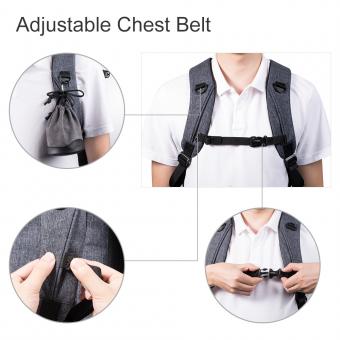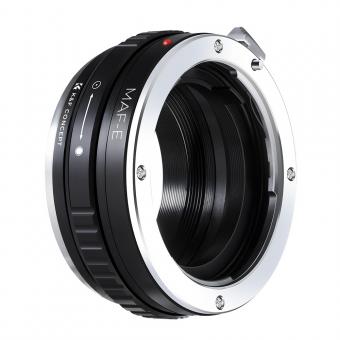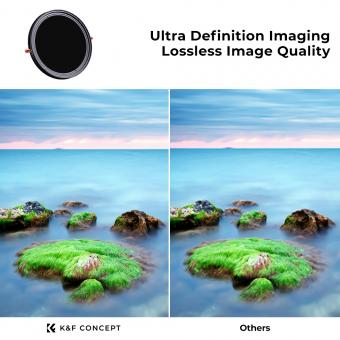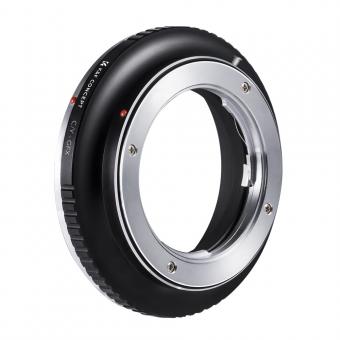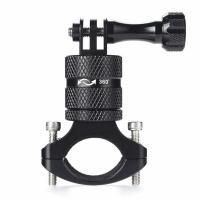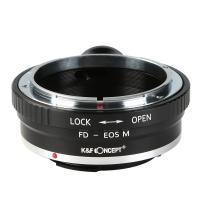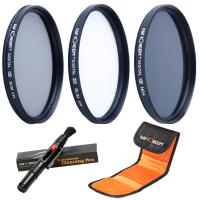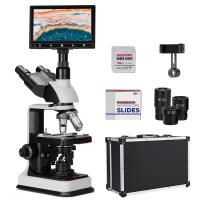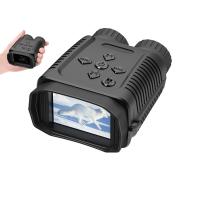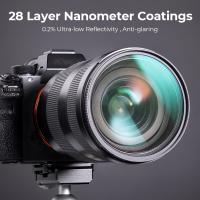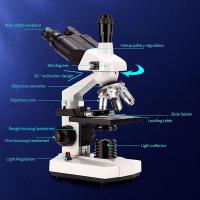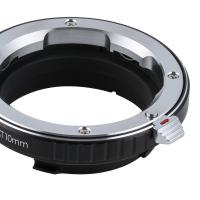What Is Ndaa Compliant Cameras ?
NDAA compliant cameras refer to surveillance cameras that meet the requirements set forth by the National Defense Authorization Act (NDAA) in the United States. The NDAA is an annual defense policy bill that includes provisions related to national security and defense spending. In recent years, the NDAA has included provisions that restrict the use of certain surveillance equipment, particularly cameras, manufactured by specific companies deemed to pose a potential threat to national security. These provisions aim to prevent the use of cameras produced by companies with alleged ties to the Chinese government or military. NDAA compliant cameras, therefore, are cameras that are not manufactured by the restricted companies and are considered safe for use in sensitive areas where national security is a concern.
1、 Definition of NDAA compliance in relation to cameras
NDAA compliant cameras refer to surveillance cameras that adhere to the regulations outlined in the National Defense Authorization Act (NDAA). The NDAA is an annual bill passed by the United States Congress that authorizes defense spending and sets policies for the Department of Defense. In recent years, the NDAA has included provisions related to the procurement of certain technologies, including surveillance cameras.
The NDAA compliance in relation to cameras primarily focuses on the exclusion of cameras manufactured by specific companies that are deemed to pose a potential national security risk. These companies are typically identified as those with ties to foreign governments, particularly China. The concern is that these cameras could be used for espionage or other malicious activities.
The latest point of view regarding NDAA compliance and cameras is that it continues to be a significant issue in the surveillance industry. The U.S. government has identified several Chinese companies, such as Hikvision and Dahua, as potential risks and has banned their products from being used in federal facilities. This has led to increased scrutiny and a push for alternative camera options that are NDAA compliant.
To ensure NDAA compliance, organizations and government agencies must carefully vet the camera manufacturers and suppliers they work with. They need to ensure that the cameras they procure do not come from banned companies or have any potential security vulnerabilities. This may involve conducting thorough background checks, reviewing supply chain processes, and seeking alternative camera options from trusted manufacturers.
Overall, NDAA compliant cameras are those that meet the regulations set forth in the National Defense Authorization Act, particularly in relation to the exclusion of cameras from certain companies that pose potential national security risks.
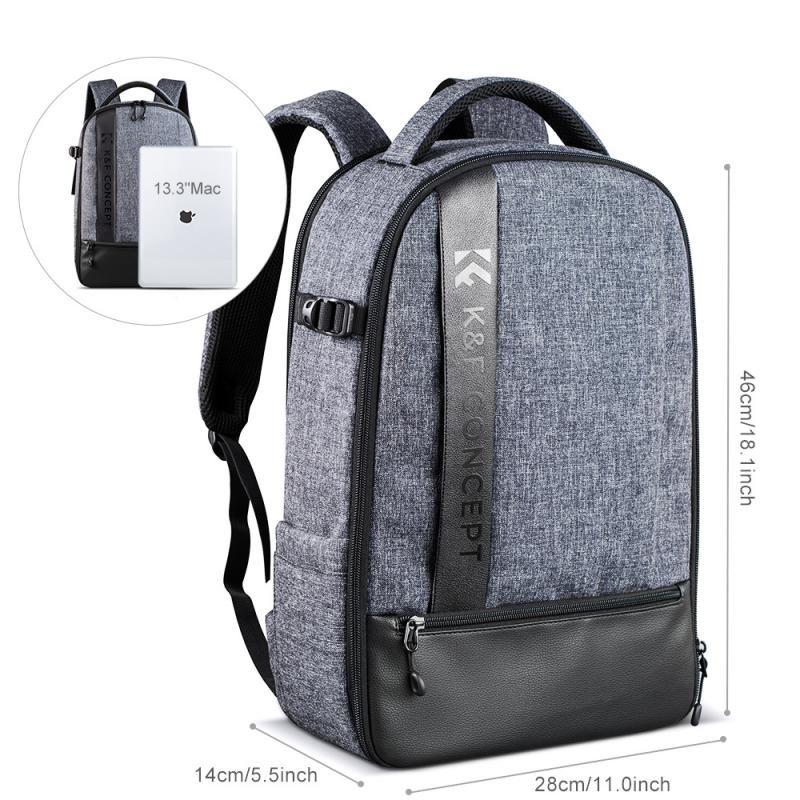
2、 Key features and requirements of NDAA compliant cameras
NDAA compliant cameras refer to surveillance cameras that adhere to the regulations set forth by the National Defense Authorization Act (NDAA) in the United States. The NDAA is an annual bill that outlines the budget and policies for the Department of Defense. In recent years, it has included provisions related to the procurement of video surveillance equipment, specifically targeting certain Chinese manufacturers.
Key features of NDAA compliant cameras include:
1. Non-Chinese origin: NDAA compliant cameras must not be manufactured by companies identified as a threat to national security, such as Huawei, Hikvision, Dahua, and ZTE. This requirement aims to prevent potential cybersecurity risks and unauthorized access to sensitive information.
2. Secure and encrypted data transmission: These cameras should have robust encryption protocols to ensure that the video footage remains secure and protected from unauthorized interception or tampering.
3. Compliance with cybersecurity standards: NDAA compliant cameras must meet specific cybersecurity standards to minimize vulnerabilities and protect against potential hacking attempts.
4. Compatibility with existing infrastructure: These cameras should be compatible with existing surveillance systems and infrastructure, allowing for seamless integration and easy deployment.
The latest point of view regarding NDAA compliant cameras is that they are crucial for safeguarding national security and protecting critical infrastructure from potential threats. The inclusion of provisions targeting Chinese manufacturers reflects growing concerns about the potential risks associated with using their equipment. As technology continues to advance, ensuring the security and integrity of surveillance systems becomes increasingly important.
It is worth noting that the list of prohibited manufacturers may evolve over time as new threats emerge and as the government identifies additional companies that pose potential risks. Therefore, it is essential for organizations to stay updated on the latest NDAA compliance requirements and work with reputable vendors to ensure they are using compliant cameras.
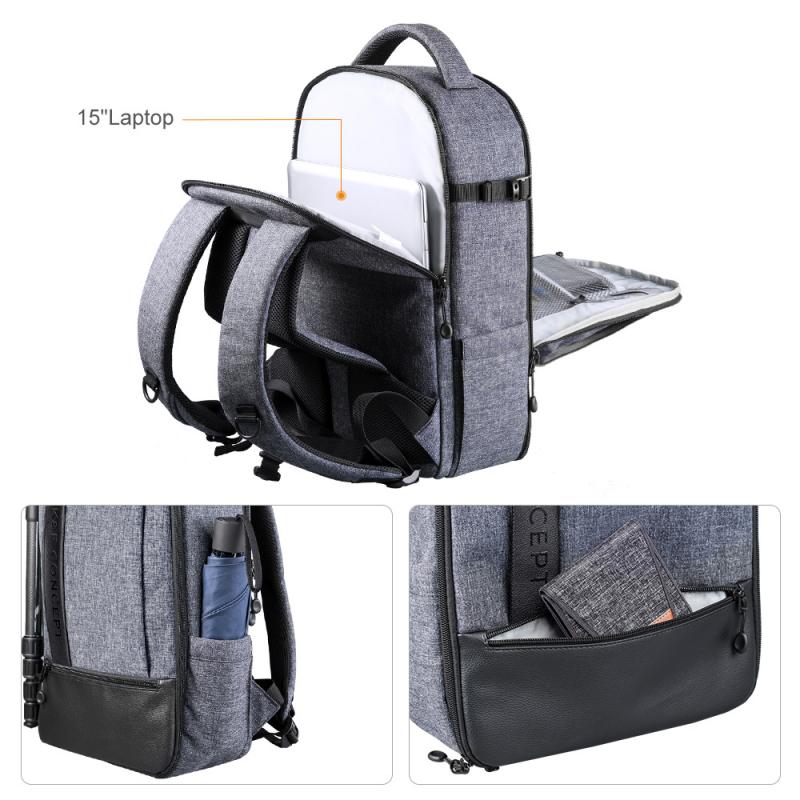
3、 Benefits of using NDAA compliant cameras for security purposes
NDAA compliant cameras refer to surveillance cameras that adhere to the guidelines set forth by the National Defense Authorization Act (NDAA) in the United States. The NDAA prohibits the use of certain video surveillance equipment from specific manufacturers, primarily those based in China, due to concerns over potential security risks and unauthorized access to sensitive information.
The benefits of using NDAA compliant cameras for security purposes are significant. Firstly, these cameras ensure that organizations and government agencies are not inadvertently using equipment that may compromise national security. By adhering to the NDAA guidelines, businesses and institutions can mitigate the risk of unauthorized access to their surveillance systems and protect sensitive data from potential breaches.
Secondly, NDAA compliant cameras provide peace of mind to users by offering a higher level of security and reliability. These cameras are manufactured by trusted and reputable companies that have undergone rigorous scrutiny to ensure compliance with the NDAA regulations. This ensures that the cameras are built with robust security features and are less susceptible to vulnerabilities or backdoors that could be exploited by malicious actors.
Furthermore, using NDAA compliant cameras supports domestic manufacturers and the local economy. As the NDAA restricts the use of certain foreign-made surveillance equipment, it encourages organizations to invest in American-made alternatives. This not only strengthens the domestic surveillance industry but also reduces dependence on foreign suppliers, thereby enhancing national security.
From a latest point of view, the use of NDAA compliant cameras has become increasingly important as cybersecurity threats continue to evolve. With the rise of sophisticated hacking techniques and the potential for state-sponsored cyber-attacks, ensuring the integrity and security of surveillance systems is paramount. By using NDAA compliant cameras, organizations can stay ahead of potential threats and maintain a higher level of security for their premises.
In conclusion, the benefits of using NDAA compliant cameras for security purposes are multi-fold. They provide assurance of national security, offer enhanced protection against unauthorized access, support domestic manufacturers, and contribute to overall cybersecurity efforts. As the threat landscape evolves, adhering to NDAA guidelines becomes crucial in maintaining the integrity and reliability of surveillance systems.
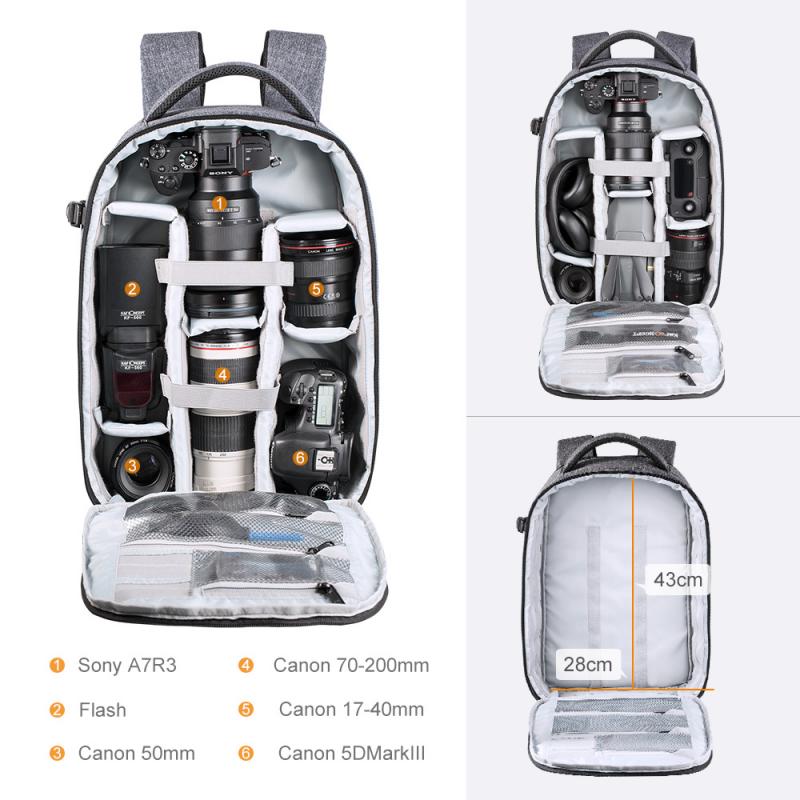
4、 Potential limitations or challenges of implementing NDAA compliant cameras
NDAA compliant cameras refer to surveillance cameras that adhere to the guidelines set forth by the National Defense Authorization Act (NDAA) in the United States. The NDAA prohibits federal agencies from procuring or using certain video surveillance equipment manufactured by specific companies, primarily those with ties to the Chinese government or military.
The purpose of NDAA compliant cameras is to enhance national security and protect sensitive information from potential threats. By ensuring that surveillance equipment is not compromised by foreign entities, the government aims to mitigate the risk of unauthorized access or data breaches.
However, implementing NDAA compliant cameras may come with certain limitations or challenges. Firstly, there is the issue of cost. The procurement and installation of new cameras can be expensive, especially for agencies with limited budgets. Additionally, the restricted list of manufacturers may limit the options available, potentially leading to higher prices due to reduced competition.
Another challenge is the compatibility of existing surveillance systems with NDAA compliant cameras. Upgrading or replacing cameras may require additional investments in infrastructure and software to ensure seamless integration. This can be time-consuming and disruptive to ongoing operations.
Furthermore, the effectiveness of NDAA compliant cameras in achieving their intended security objectives is a subject of debate. Critics argue that the focus on specific manufacturers may overlook potential threats from other sources. They argue that a more comprehensive approach to security, including robust cybersecurity measures, is necessary.
In conclusion, while NDAA compliant cameras aim to enhance national security, their implementation may face challenges such as cost, compatibility, and effectiveness. It is important for agencies to carefully evaluate their specific needs and consider the latest point of view on security measures to make informed decisions regarding the adoption of NDAA compliant cameras.




